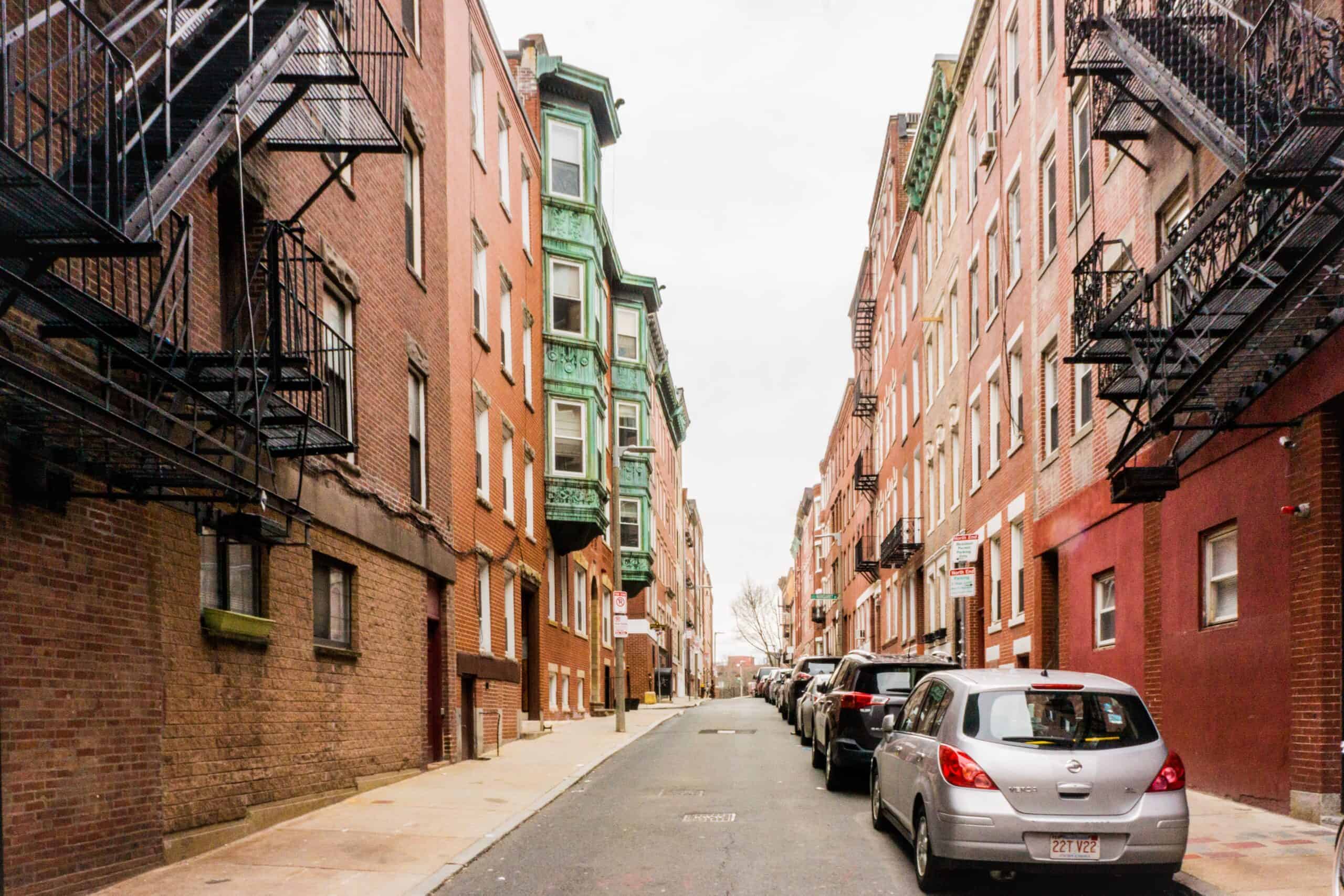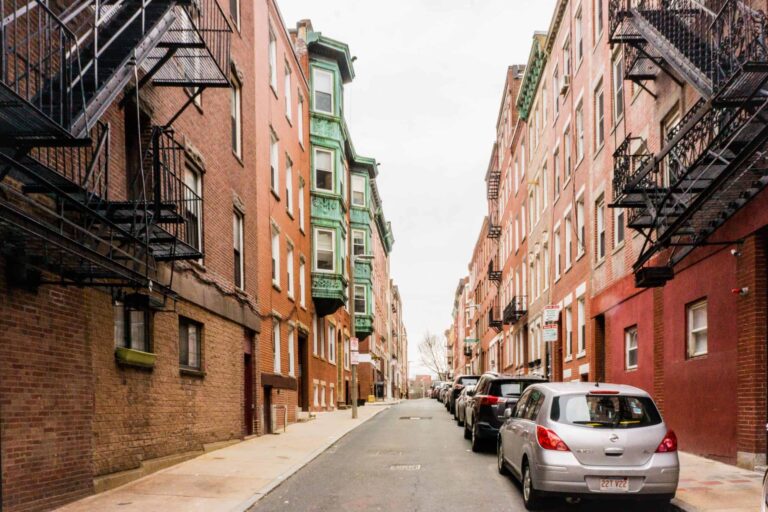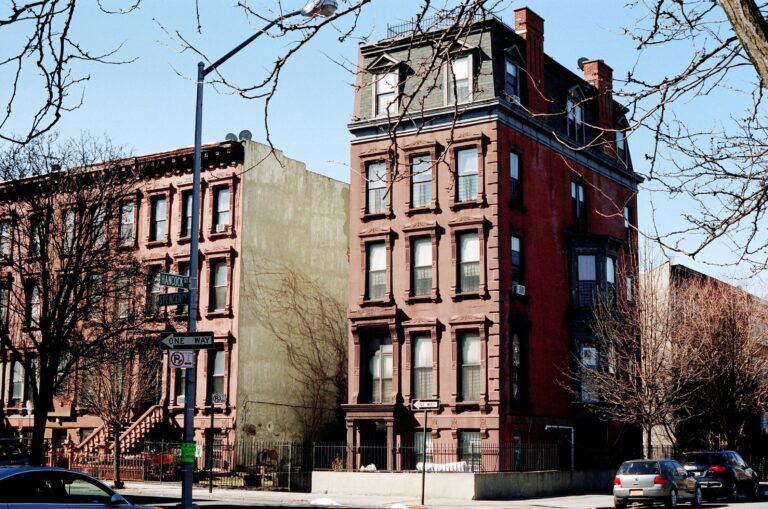With the National Telecommunications and Information Administration (NTIA) due to issue guidance on changes to the $42.5 billion Broadband Equity, Access, and Deployment (BEAD), states are setting aside the uncertainty to work on their final proposals. Many are seizing the opportunity to ensure their detailed plans for non-deployment funds address an area of historic underinvestment that could jeopardize their goal of universal access: connectivity in public and affordable multi-dwelling units (MDUs).
Inaction: A Threat To Universal Access
The primary focus of the BEAD program is to bring a high-speed broadband connection to every home, business, and community anchor institution in America. This universal connectivity goal is reflected in every state’s 5-year Action Plan, Initial Proposal, and Digital Equity and Opportunity Plans, with many states establishing 99% connectivity goals and prioritizing covered populations, including rural, veteran, and minority households, as well as those with seniors or residents with disabilities. Unfortunately, many states may not achieve these objectives without including MDU connectivity programs in their detailed plans for non-deployment funds to be submitted to NTIA later this year.
Approximately 20-25% of the nation’s digital divide is concentrated in affordable apartment buildings and public housing MDUs, making this issue critical to achieving universal access. These unconnected households are predominantly renters whose incomes are below the federal poverty threshold, with 78% belonging to the covered populations that Congress prioritized when creating the BEAD program. Their lack of connectivity only exacerbates long-standing inequities in access to education, healthcare, job opportunities, training, and other vital assistance programs. But affordable broadband isn’t just an opportunity equalizer; it’s an economic accelerator. In 2021, the National Bureau of Economic Research found that “moving to high-quality, fully reliable home internet service for all Americans (“universal access”) would raise earnings-weighted labor productivity by an estimated 1.1% in the coming years. The implied output gains are $160 billion annually or $4 trillion when capitalized at a 4% rate.”
A Historic Lack of Investment
Although many of these 4.3 million MDU households are offline because they cannot afford an available internet connection, many residents lack high-speed internet because broadband infrastructure and residential wiring have not been installed or upgraded. This historic lack of investment is rooted in the financial models Internet Service Providers (ISPs) use when considering infrastructure investments in multi-dwelling units. As the example below highlights, compared to luxury or market-rate complexes, the return on investment (ROI) for a public or affordable housing multi-dwelling unit (MDU) is significantly lower over the ISP’s capital payback period of 66 months.
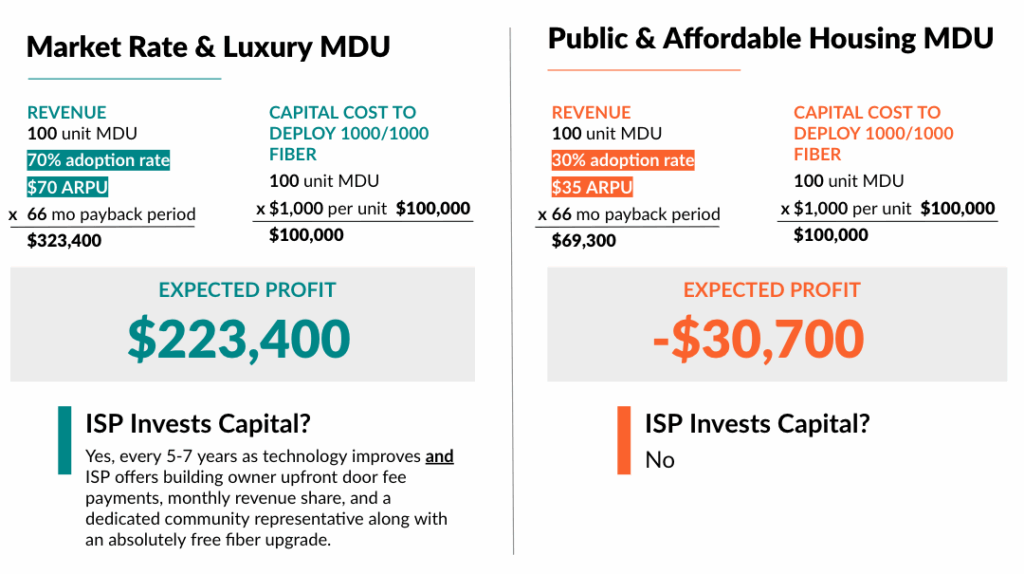
Whereas the luxury or market-rate complex is highly profitable, and ISPs are incentivized to offer door fees, revenue sharing, dedicated support, and free technology upgrades every 5–7 years to maintain the partnership, they are likely to avoid the public or affordable housing MDU altogether. This means ISPs do not retrofit these buildings, offer incentives, or upgrade their technology, leaving countless urban, suburban, and rural MDUs without access to in-unit fiber, despite it being locally accessible.
Non-Deployment Funds Can Fix MDU Connectivity in Every State
Congress and NTIA understood this challenge, so they made installing internet and Wi-Fi in multi-unit residential buildings, including the monthly costs and maintenance during the grant’s performance period (up to 4 years), an eligible use of BEAD funds. By leveraging non-deployment funds for these critical infrastructure upgrades, state broadband offices can address this broken system while securing their universal access goals. With BEAD covering the upfront buildout costs, ISPs can offer fiber at near-bulk pricing (approximately $15 per month) in a traditional retail model. Affordability keeps 16.3 million U.S. households on the wrong side of the digital divide, so BEAD-funded programs also further the objectives of Congress and states by enabling more households to afford and maintain a home internet connection. Several states are already showing what is possible, committing BEAD non-deployment, Treasury’s Capital Projects Fund (CPF), or the American Rescue Plan Act of 2021 (ARPA) fund to innovative MDU programs that offer an effective long-term solution with multiple benefits:
- Eliminates the capital barrier for ISPs.
- Delivers reliable fiber connectivity to underserved MDUs.
- Creates equitable access for low-income residents.
- Increases adoption rates among priority-covered populations.
- Drive greater competition, affordability, and better quality service.
- Fosters partnerships between ISPs, housing authorities, and public agencies.
Many states anticipate having substantial remaining BEAD funds after connecting all serviceable households, while others will find that funding will be available if BEAD rules change to preference lower-cost technology solutions or once they complete the deployment subgrantee selection phase. All states should now ensure their MDU connectivity programs are part of their detailed plans for non-deployment funds. It is the only way to deliver on their connectivity goals and ensure that households living in affordable apartment buildings and public housing multi-dwelling units (MDUs) can fully participate in 21st-century society.

Massachusetts
The Massachusetts Broadband Institute (MBI) and the Metropolitan Area Planning Council (MAPC) have partnered with Urban Edge, local governments, and housing providers to deliver reliable internet access to thousands of residents. Leveraging CPF and ARPA funds, the state has committed $96 million split between two programs: Free Apartment Wi-Fi, which will install building-wide Wi-Fi networks via funding for capital costs and one year of operation, and Residential Retrofit, which will install to-the-unit wiring at eligible properties.
Learn More
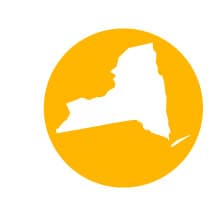
New York
Using CPF funds, the State of New York has committed $100 million to expand internet access in multi-dwelling units through its Affordable Housing Connectivity Program. New York’s first grants have been hugely significant for the broadband marketplace. Affordable plans rarely provide low-income consumers with speeds that meet the Federal Communications Commission’s (FCC’s) 100/20 Mbps broadband definition. Yet, Flume Internet, the recipient of New York’s first round of grants, has agreed to provide these speeds for just $10 per month.
Learn More

New Jersey
New Jersey’s $20 million Public Housing Authority Connect pilot will utilize BEAD non-deployment funds to expand multi-dwelling unit (MDU) connectivity in the state’s public housing. The program will fund unit-level connectivity solutions and upgrade inside wiring and equipment, including Wi-Fi in common areas and affordable broadband programs.
Learn More
Contact us to learn how we can provide your state with the data, resources, and support to build and launch an MDU Connectivity Program.

